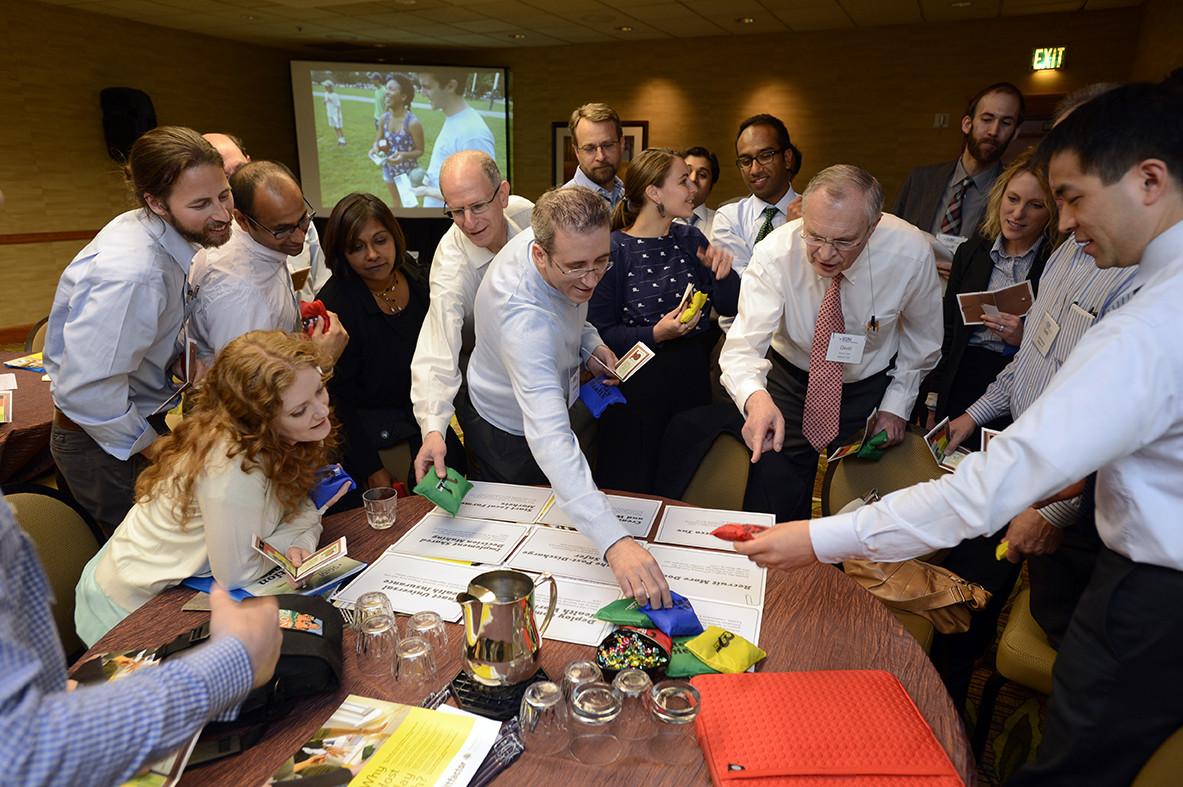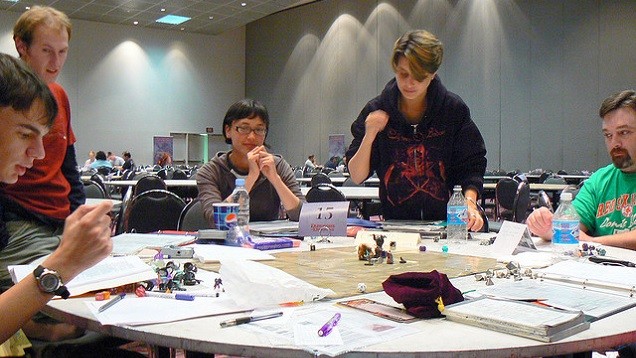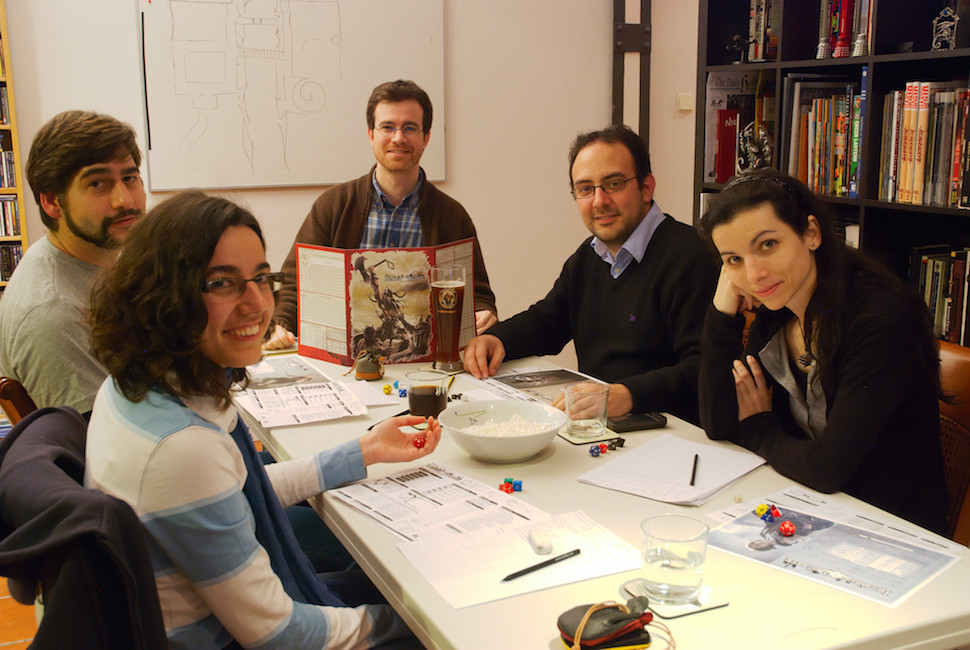With the new connected economy, the way we do work has changed. We have moved away from standardized, “assembly-line” type of jobs that follow prescribed policies and procedures to a world of “freelance” thinking where creativity, innovation, and design are expected of the workers of today. The makings of creativity and how it happens tend to feel like a “black box”. How does innovative thinking happen? Do people just huddle in a room and out comes new discoveries and ideas? The truth of the matter, what happens in these rooms is really not that much of a mystery. The “creative types” are really just regular people employing simple “gamestorming” strategies to get their results.
At Impetus Digital we often try to create these “gamestorming spaces” when planning the customer advisory boards for our clients. To start the “game”, we invite our advisors to enter into a space where the rules of ordinary life are temporarily suspended and replaced with the rules of the game. The advisors have to agree to the terms of the game and the game creates an “alternative” world where everyone can do and think outside of the norm.
For :gamestorming” to be successful, clear boundaries must be set. The players should know what space they can function in and the start and stop time expectations. The rules for interaction need to be clearly articulated and “artifacts” should be made available. Most of the time artifacts are physical objects that hold information about the game, such as flip charts, markers, sticky notes, dice, or index cards. Artifacts can also be used to track and measure progress. Finally, a successful game lays out what success looks like and what the end goal will ultimately be.
When we build workshops for our client’s live consultancy meetings, we try to emulate the concept of games into the exercise. We lay out the initial conditions such as the product attributes on hand or data available and then explain what we want to derive from that exercise such as the prioritization of the attributes or what product characteristics should be emphasized or de-emphasized.
Energy management is a key consideration when and where games are added to a meeting. Normally, we add these to the end of the day when people are getting tired, distracted, and need a change of pace from the core presentations. The exercises have to be compelling, relevant, and “fun,” adding in as many sensory objects and interactions as possible. We also try to facilitate the flow of an exercise, moving from the “divergent” opening of the game where we open people’s minds to the possibilities, to the “emergent” exploring phase of the game where we encourage advisors to sift and sort through ideas, looking for patterns and analogies, and then to the “convergent” closing of the game where we get the advisors to draw conclusions and make decisions about next steps.
To make live customer advisory board consultancy meeting games as effective as possible, we always need to start with really provocative questions to get people’s creative juices flowing. Using great props and tangible artifacts and giving people ample space to work in is also essential. Leveraging visual language using drawings and other methods of recording random ideas in a more tangible and shareable way also facilitates the brainstorming process. Finally, we also give the advisors the time to improvise, change their minds, debate and take ownership of their “creations”.
Games are a fun and productive way to bring new, fresh ideas to the table and are a fantastic way to get your advisors to think outside of the box, see your product in a new way, and help you strategize on innovative ways to tackle the market.




